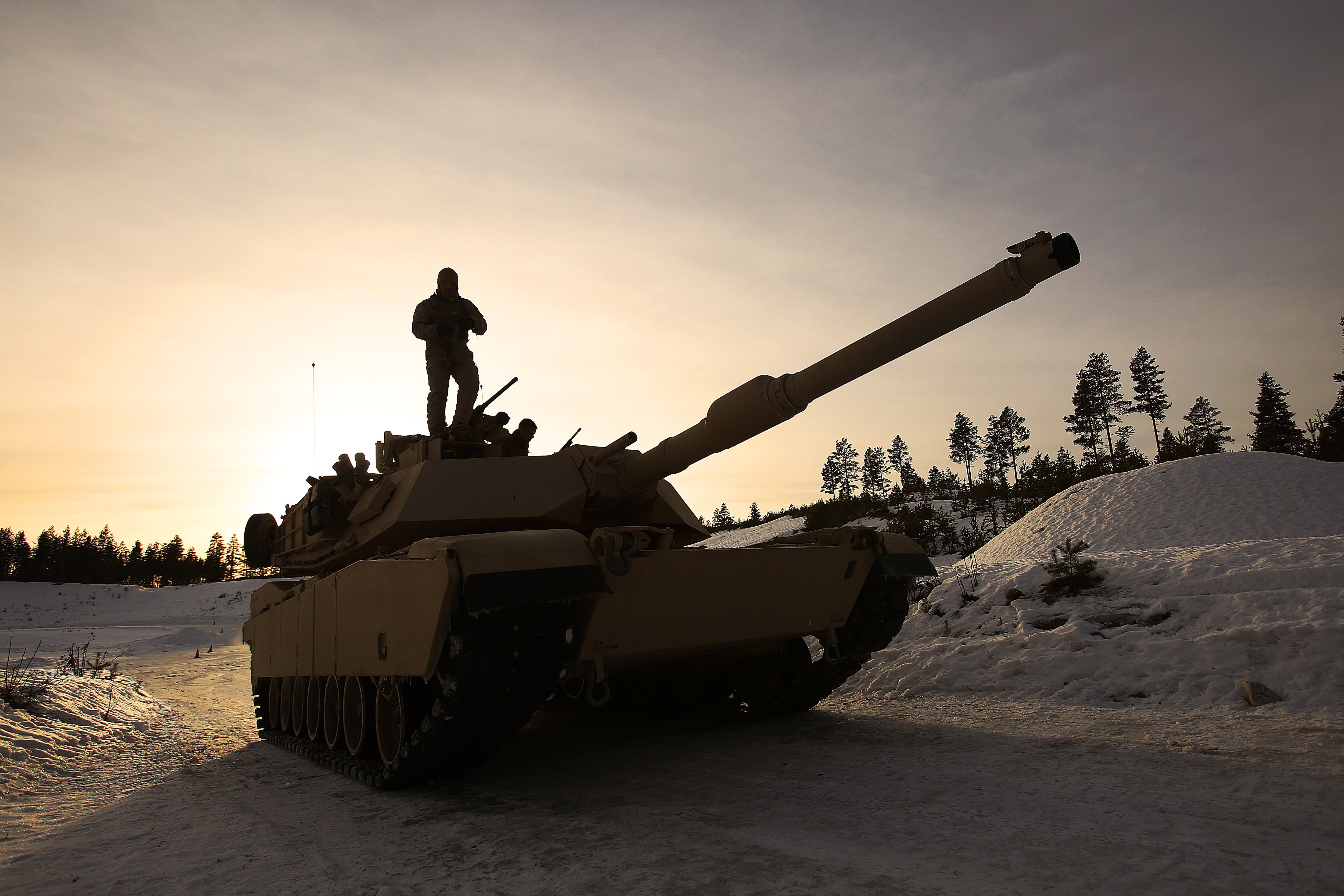A series of wargames conducted between 2018 and 2019 helped inform the Corps’ decision to divest of tanks and outmoded units and equipment that will have trouble surviving in fight with peer adversaries like China, according to a Marine Corps force redesign report.
From those wargames the Corps learned that the unit that shoots first has a “decisive advantage” on the battlefield and forces that can operate inside the range of enemy long-range precision fires “are more operationally relevant than forces which must rapidly maneuver to positions outside the ”weapons engagement zone, the report reads.
The Corps’ decision to divest of tanks, cut ground cannon artillery and light attack air platforms has stoked some criticism. Tanks historically have had success in high-end and urban warfare for decades boasting devastating firepower highly lethal to ground forces.
RELATED

But tanks and armored vehicles have had trouble surviving against the threat of precision strike and the plethora of drone and reconnaissance systems flooding conflict zones across the Middle East.
For recent evidence, a Turkish launched operation targeting Syrian regime army troops in late February decimated more than a hundred tanks and armored vehicles, dozens of artillery pieces and hundreds of Syrian forces, according to the Turkish National Ministry of Defense.
Turkey posted videos highlighting a mixed role of drones, Paladin artillery systems and aircraft pounding Syrian armor from the skies over the course of several days. The Syrian army appeared helpless to defend from the onslaught of long range systems. Even tanks camouflaged by buildings and bushes were no match for sensors and thermal imaging watching from the skies.
The problem is exacerbated by the number of sophisticated anti-tank systems flooding counterinsurgency conflicts across the globe and access to long range drones once only in control by state actors are now being operated by militia groups.
In Libya, the Libyan National Army has the upper hand in its drone war with the UN-backed Tripoli government. It’s equipped with an alleged UAE-supplied Chinese drone known as the Wing Long II that boasts a 2,000 km range through a satellite link and is reportedly armed with Chinese manufactured Blue Arrow 7 precision strike air-to-surface missiles.
“Mobility inside the WEZ [ weapons engagement zone] is a competitive advantage and an operational imperative,” the Marine Corps report reads.
The Corps instead is looking for mobile systems and units that can survive within the reach of precision fires to “attrit adversary forces," create dilemmas for the enemy and “consume adversary ISR resources,” according to the report.
“The hider-versus finder competition is real. Losing this competition has enormous and potentially catastrophic consequences,” the report reads.
Reconnaissance and counter-reconnaissance capabilities will be key on the modern battlefield.
“We have sufficient evidence to conclude that this capability [tanks], despite its long and honorable history in the wars of the past, is operationally unsuitable for our highest-priority challenges in the future,” the report said about the divestment of Marine tanks.
But tanks aren’t disappearing from the fight. The Corps says heavy ground armor will still be provided by the Army.
The Corps says it plans to develop heavily into unmanned ground and air systems and rocket artillery and long range fires. According to the report, the Corps is increasing its rocket artillery batteries by 14 to 21 over a 10-year period.
Wargaming that inferred the Corps’ force redesign efforts were carried out by the Marine Corps Warfighting Lab, U.S. Indo-Pacific Command, among others.
Shawn Snow is the senior reporter for Marine Corps Times and a Marine Corps veteran.








